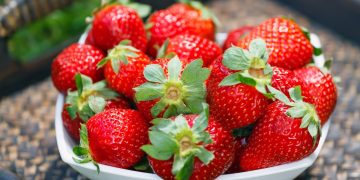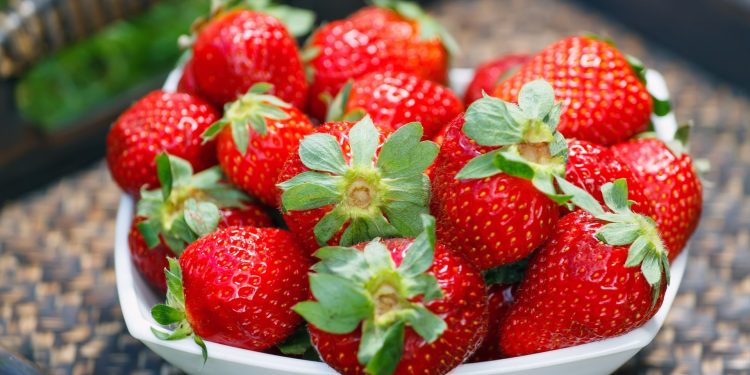#strawberryproduction #agriculture #harvest #challenges #weatherimpact #laborshortages #pricing #consumerdemand #irrigationsystems #Latvia
This article discusses the challenges faced by strawberry producers in Latvia this year, including spring frost and drought, which have negatively impacted the strawberry harvest. Despite these difficulties, the demand for locally grown strawberries remains consistently high. The article provides insights from experts in the industry, addressing issues such as labor shortages, pricing, and the impact on consumers’ wallets. The importance of irrigation systems and the variations in strawberry quality and pricing are also highlighted.
According to data provided by the experts, the strawberry harvest has been significantly affected by adverse weather conditions. Strawberry producers who cultivate the fruit in open fields have been particularly impacted, leading to a reduction in cultivated areas. The availability of labor also plays a crucial role in determining the size of strawberry plantations.
However, producers like “Augusta zemenes” have managed to mitigate these challenges by growing strawberries in closed spaces, such as greenhouses and tunnels. The company’s agronomist, Guntars Dzerve, explains that their strawberries are available from late May, and the harvest has suffered the most from hot spring days. Despite these difficulties, the demand for “Augusta zemenes” strawberries remains strong, with both local and distant customers showing loyalty to the locally grown produce.
Renata Kayaka, the head of the Latvian Gardeners Association, emphasizes the importance of irrigation systems for strawberry cultivation, highlighting that strawberries wilt in gardens without irrigation while farms with irrigation systems have a successful harvest. She also notes that the freezing temperatures have affected strawberry seedlings in some regions.
“Mālpils zemenes” representatives confirm the significant reduction in strawberry yields due to spring frost and drought. Although rainfall has had a minor impact on crop productivity, it remains uncertain whether the expected precipitation will be sufficient to influence the overall harvest volume. The company relies on daily irrigation to maintain its plantations. Labor shortages continue to be a concern, leading some producers to reduce cultivated areas. However, the current situation does not require a decrease in cultivated areas for “Mālpils zemenes,” as they are still able to attract enough harvesters.
Uldis Jaunzems, the chairman of the Latvian Association of Fruit and Vegetable Traders, acknowledges that strawberry producers are slightly reducing their cultivated areas and transitioning to other crops due to labor shortages. Some customers even choose to pick strawberries themselves on the farms, while leaving a portion for the owners. The average prices for Latvian-grown strawberries have increased compared to last year, exceeding the prices of imported strawberries from Poland. Jaunzems concludes that the challenges in strawberry harvesting affect the product’s price, and the local supply cannot fully meet the demand.
The strawberry harvest in Latvia has been significantly impacted by adverse weather conditions and labor shortages. The reduction in cultivated areas and the increased prices reflect the challenges faced by producers. Despite these difficulties, the demand for locally grown strawberries remains high, and consumers continue to show loyalty to Latvian produce.


































